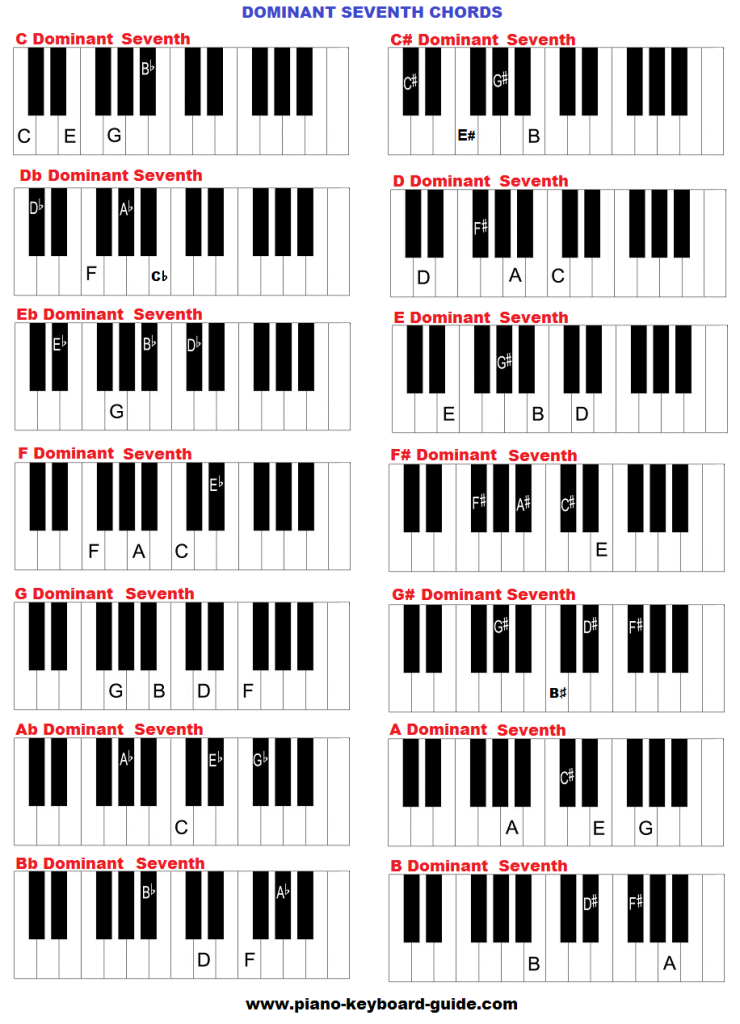
That being said, I come from the camp that subtractive over additive tends to be better for your mix in most cases. Not everyone's ethos on EQ is the same, and most people may never see eye to eye on EQ approach. That being said, these tips can be helpful as a place to start your search, but are not gospel by any means. This is why I'm such a strong believer in ear training and learning how certain parts of the frequency spectrum present themselves outside of their source-specific applications. All of these minute changes and differences can and will affect the EQ decisions you'll have to make. Sometimes a guitar cab gets mic'd up differently night to night, plus every voice is unique, and every snare drum "speaks" differently (just ask a drummer). So before you message me, "Aaron, I notched out so much 250 Hz out of my snare, I snapped the knob off the console, and it still sounds muddy!" just know that not all sound sources are created equal. I'm not going to tell you "always notch this 9 dB here and add 3 dB here with a wide boost and, voila, perfect sound!" because it's unfortunately just not that simple. Per multiple requests, here's my guide to, "When the hell do I start turning these knobs, and where do they go?" But before we begin, I offer you the fine print: These references are general ideas for where to begin to look for sonic issues with particular sounds, instruments, and voices.

You asked, and you shall receive, Sonicbids blog readers.


 0 kommentar(er)
0 kommentar(er)
